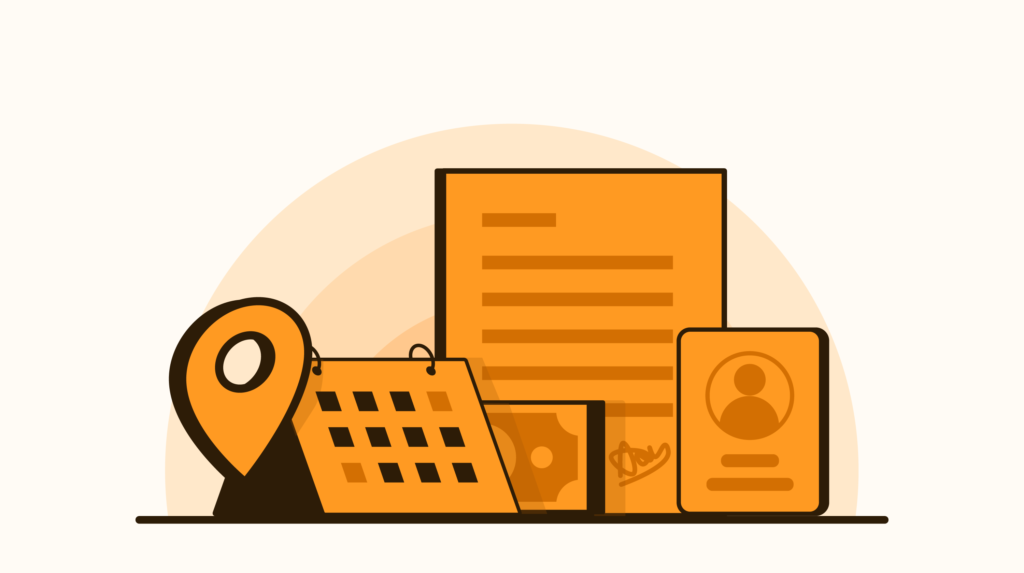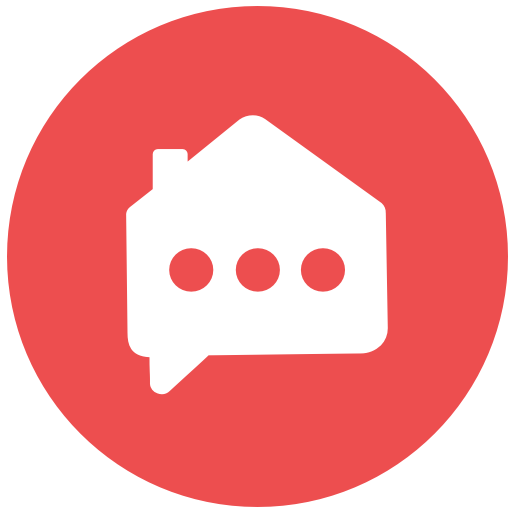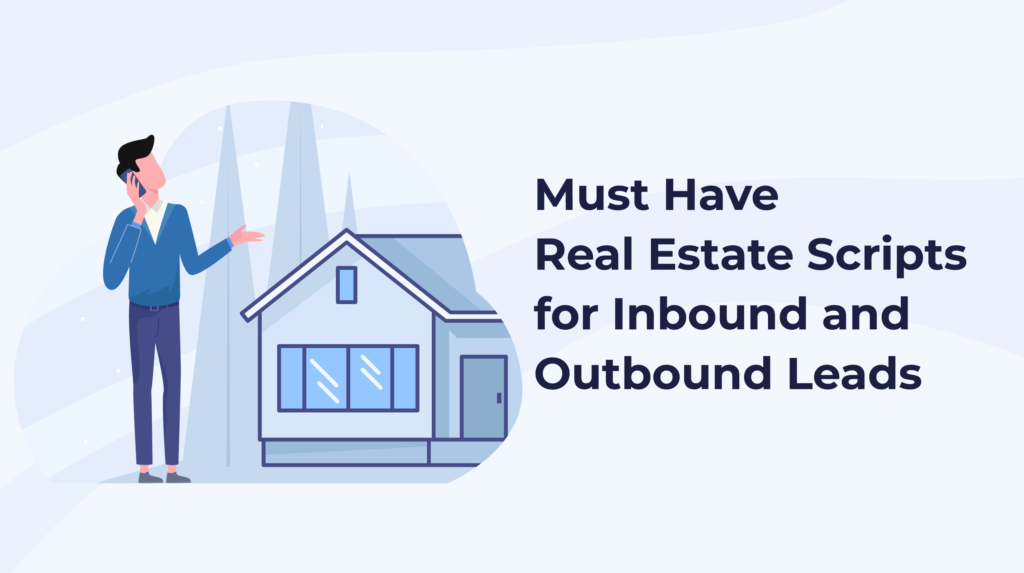
How to go about strategizing your real estate email marketing campaign to ensure a high deliverability rate? Read this post to find out.
Email marketing is becoming imperative to lead follow up with more than 300m emails being sent every day. The real estate industry is no exception to that as agents rely on email marketing to educate and qualify leads.
The fact that emails are non invasive and support multimedia, makes them perfect for real estate lead qualification. However, despite its growing popularity, a lot of agents have a limited understanding of email marketing and its workings.
In addition to that, agents also lack knowledge in implementing the right tools that can help them achieve their email objectives.
If you are also facing the same challenge in scaling your email marketing, you have come to the right place. In this post, we will learn how we should strategize our email marketing campaign with respect to real estate leads and their respective position in the sales pipeline.
In addition to it, we will also discuss the major email marketing tools starting from free apps to implementing third party senders. Last but not the least, we will also discuss the best practices to score a high email deliverability rate and lead engagement.
Email types for respective stages of the buyer funnel
We end up with 4 different stages to target our emails When it comes to segmenting buyers with respect to the sales funnel. All these stages require a unique strategic approach comprising of goals, frequency, and best practices that your email marketing campaign should accomplish. Let’s look at the stages.

New Lead
- Goal. Book Appointment: Your emails for new leads must be targeted to engage them in a face to face conversation.
- Frequency. One email every day for the first 15 days. It is necessary to understand if you should categorize them as active leads or put them into nurture.
- Best Practices. Send Transactional & personalized emails to these new leads. You should also add a calendar link and contact information in the signature. It is also a good idea to offer some value in exchange for an appointment.
Nurture
- Goal. The fundamental goal here is engagement: Mostly you should run a drip campaign to stay in touch and have your leads visit the website.
- Frequency. Send an email once a month. Leads that are in the nurture stage are passive and must receive something educational once a month.
- Best Practices. Send them market reports and guides. It is also necessary to back it up with a user friendly website.
Active
- Goal. Book Appointment: For active leads mail them a list of properties that match the requirements of their dream home.
- Frequency. Email them once a day or week: These leads must be engaged more frequently as they have the intention to buy. Sending them relevant listings frequently through emails is a good idea.
- Best Practices. Set up a saved search and send relevant listing alerts to active leads.
Past Client
- Goal. The goal here is to solicit Referrals: Past clients are the best lead banks to generate seller leads and referrals. Your email marketing strategy should address that.
- Frequency. Mail them once a month or quarter. Just listed and just sold emails are best for past clients. These can be sent once in a month or quarter to engage them.
- Best Practices. Past clients respond to Just listed and Just sold emails. You can also send Market reports and trends.
Tools to run your email marketing campaign
When it comes to running email marketing campaigns you can opt for 3 different options. Single agents who are handling a few leads a day may simply use their personal Gmail, Yahoo, or MS Outlook to send emails. On the other hand, if you are handling a large database of leads that compels you to send more than 1000 emails a day, you may want to go for enterprise plans by Gmail or Outlook.
Additionally, if you want other features on top of that, such as templates, database segmentation, and analytics insights, you can opt for tools such as Mailchimp, Sendgrid, etc. Let’s dive deep into all 3 of them.
Free Email Account (Gmail, Outlook, and Yahoo). All of us use free email accounts from Gmail, Microsoft, and Yahoo. But apart from personal use you can also use these accounts to send business emails to your real estate clients. If you are a small agent following up with a handful of leads, you can easily manage that with free email accounts.
As discussed, free email accounts won’t charge you anything and are very easy to set up. On top of it, there is no learning curve and fewer chances of falling into a spam trap.
On the downside, free accounts allow you to send only 300-500 mails per day which makes it harder once you grow your database.
Enterprise apps for Gmail and Outlook. These are employed by businesses for sending a large number of emails that come with a host of other apps that work in a coordinated fashion. By far, Google apps and Microsoft outlook are the most preferred products here.
Enterprise version of Gmail and Outlook allows you to send more than 1000 emails per day. You also get a suite of other apps for complete management of your email marketing campaigns.
The downside includes a high price tag with a significant learning curve.
3rd Party Senders (Mailchimp, Sendgrid etc.). While email service is provided by a few companies such as Google, MS, and Yahoo, third party companies such as Mailchimp and Sendgrid provide another layer of services such as segmentation and templates that add a lot of value to marketers including real estate agents.
3rd party senders provide high sending limits and come with a very easy learning experience. These apps also provide the ability to segment your database, use HTML templates, and provide analytic insights into your campaigns besides high sending limits.
One of the major disadvantages of these apps is their pay as you go model of pricing that really shoots up the bill when you are sending a lot of emails.
Now that we are familiar with categories of tools, let’s see how to use them to get the maximum out of them.
Email deliverability rate in real estate marketing campaigns
Email Deliverability Rate: A high Email deliverability rate is the ultimate indicator of a successful email marketing strategy. It shows the number of recipients/leads who receive your emails out of the total number of leads the mail is sent.
If your audience is marking your emails as spam or even deleting them without opening, your deliverability rate will decrease over time. The following are some of the reasons that may lead to a low deliverability rate.
Open Rate: Open rate is the number of emails that are opened out of the total delivered emails. A high open rate sends a positive signal to the mail provider. High open rates can be achieved by writing engaging subject lines.
Click Rate: It is the ratio of the total number of clicks to the total number of opens for a particular email campaign. Click rate is also a determinant of engagement. This is done right when your mail content is relevant and personalized.
Transaction: If your lead downloads a content piece, or submits their information on your site, this is the best signal to boost your reputation and deliverability rate.
Email marketing is one of the most effective ways to engage and nurture your real estate leads but the outcome depends entirely on how you strategize your campaign. Segmentation and personalization allow you to generate a high engagement rate and boost your conversions.
 Aiva
Aiva




